Optimal Timing for Foundation Repairs
Foundation repairs are most effectively performed during specific times of the year when soil conditions and weather patterns are most favorable. Proper timing can help ensure the longevity and stability of repairs, minimizing potential issues caused by environmental factors.
Spring offers moderate temperatures and soil moisture levels, making it suitable for foundation work. However, heavy rains can sometimes delay projects.
Summer provides longer daylight hours and dry weather, ideal for foundation repairs. Extreme heat can cause soil expansion, which may affect repair outcomes.
Fall typically features cooler temperatures and less rain, creating a stable environment for foundation work before winter.
Winter is generally less suitable due to frozen ground and cold temperatures, which can hinder excavation and curing processes.

An overview of typical foundation repair methods and stages.
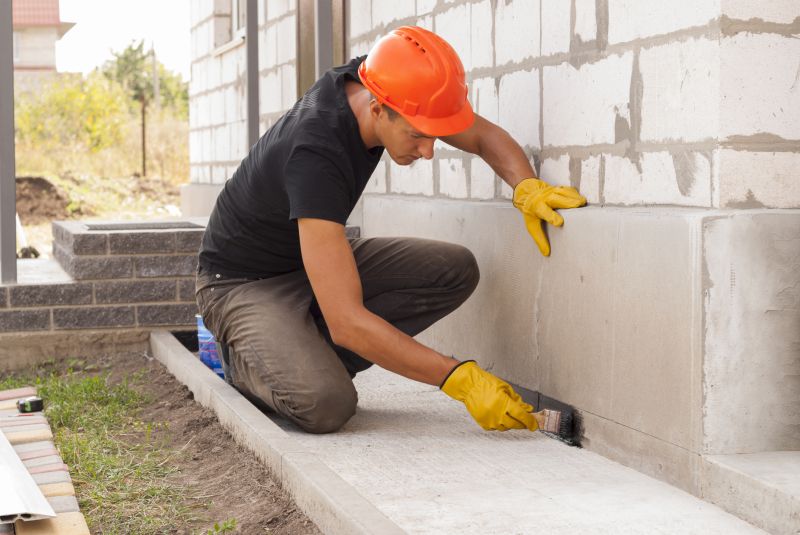
Methods used to prepare soil for foundation repairs.

Tools and machinery involved in foundation stabilization.

Ways to make Foundation Repairs work in tight or awkward layouts.
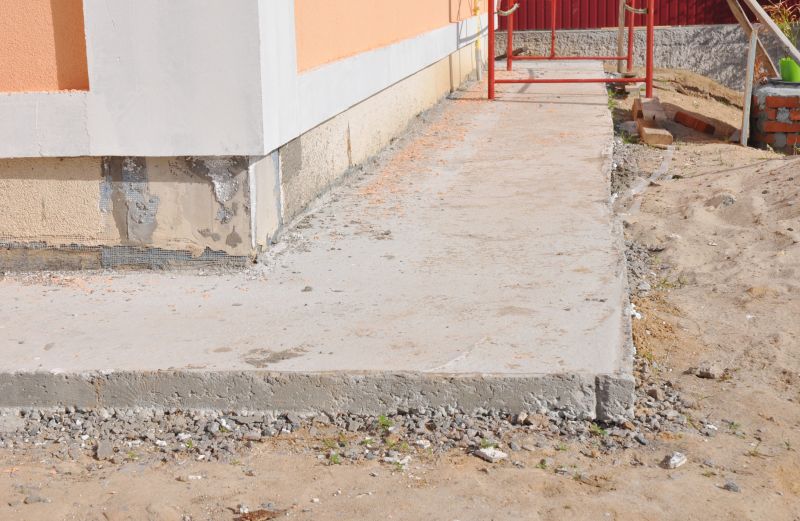
Popular materials for Foundation Repairs and why they hold up over time.
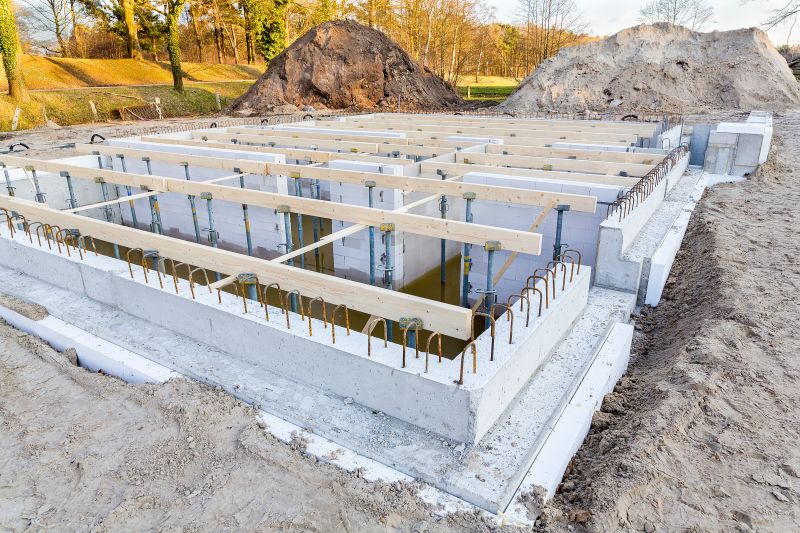
Simple add-ons that improve Foundation Repairs without blowing the budget.
Foundation repairs are essential for maintaining the structural integrity of a building. They address issues such as settling, cracking, and shifting that can compromise safety and property value. Timely repairs can prevent more extensive damage and costly future repairs. The process often involves soil stabilization, piering, underpinning, or other methods tailored to the specific foundation problem.

Signs indicating the need for repair.
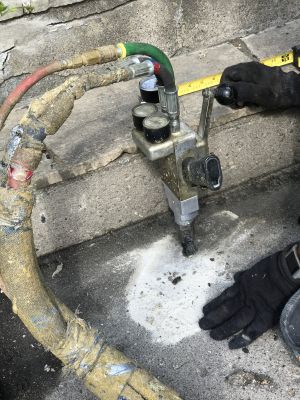
Tools used to lift and stabilize foundations.

Visual comparison of foundation stabilization.
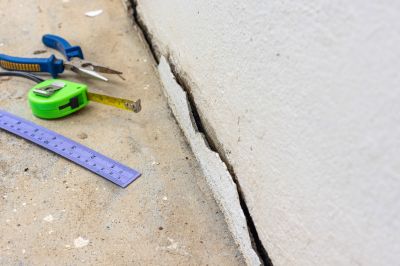
Assessing soil conditions before repairs.
| Season | Ideal Conditions |
|---|---|
| Spring | Moderate soil moisture, manageable weather |
| Summer | Dry weather, longer workdays |
| Fall | Cool temperatures, less rain |
| Winter | Frozen ground, cold temperatures |
Understanding the optimal timing for foundation repairs can help property owners plan effectively. Weather patterns, soil moisture levels, and temperature fluctuations all influence the success of repair projects. Conducting repairs during periods of stable soil and favorable weather conditions reduces risks of future shifting or cracking.
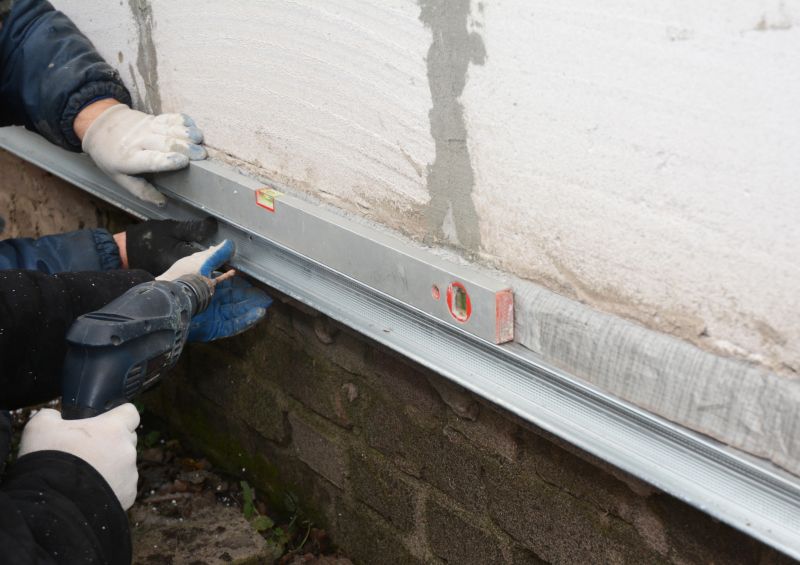
Workers performing stabilization techniques.

Machinery used for soil preparation.
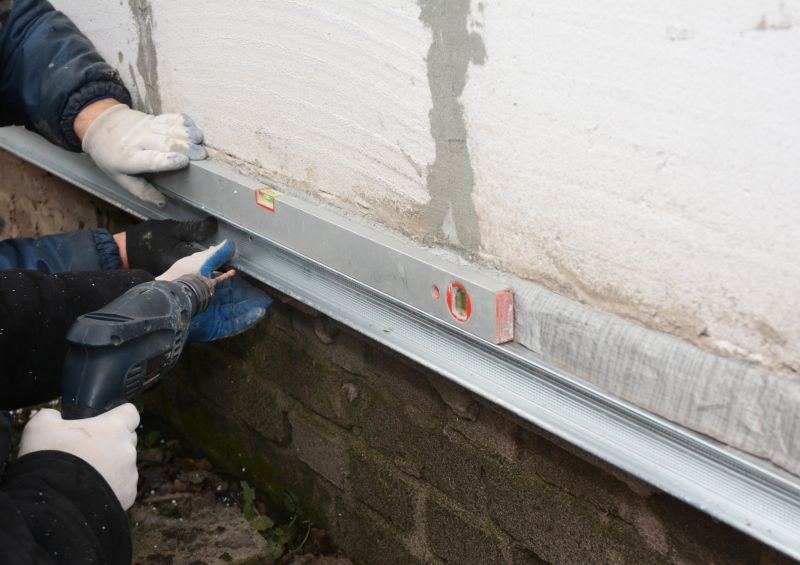
Finished repair work showing structural integrity.
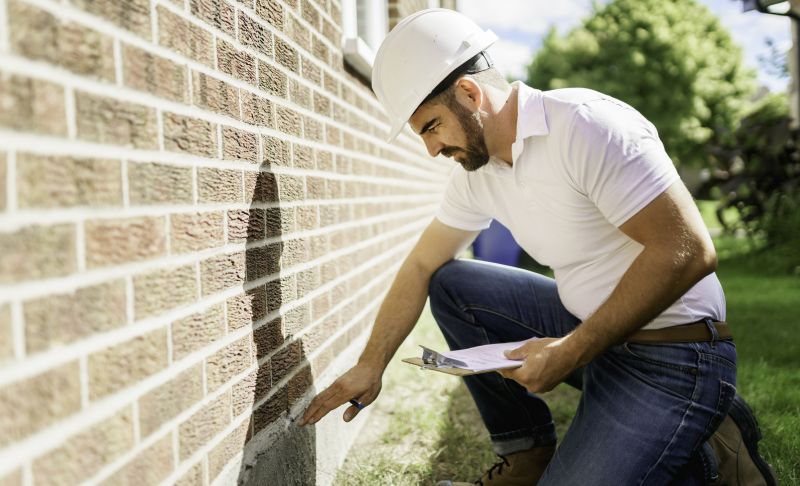
Assessing repair quality and stability.
Interested property owners are encouraged to contact for assessments and consultation. Proper timing and professional intervention are key to effective foundation repair, helping to preserve property value and safety.




